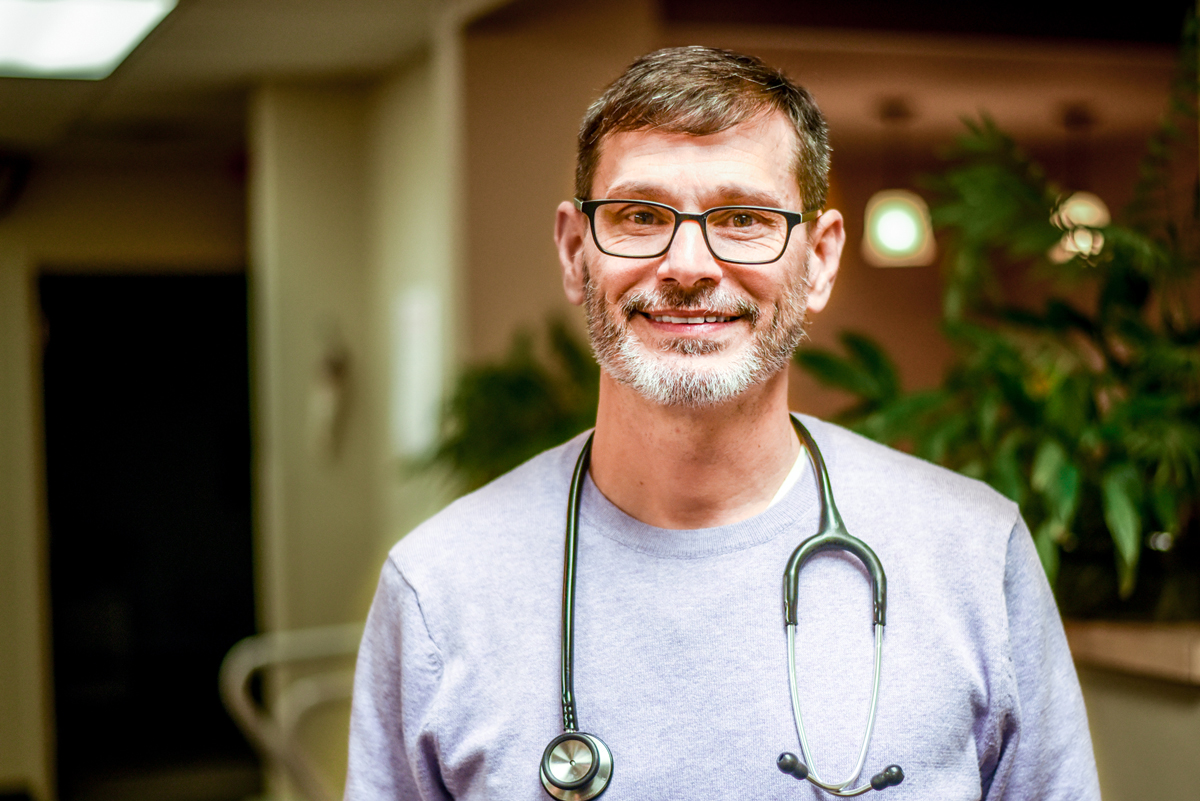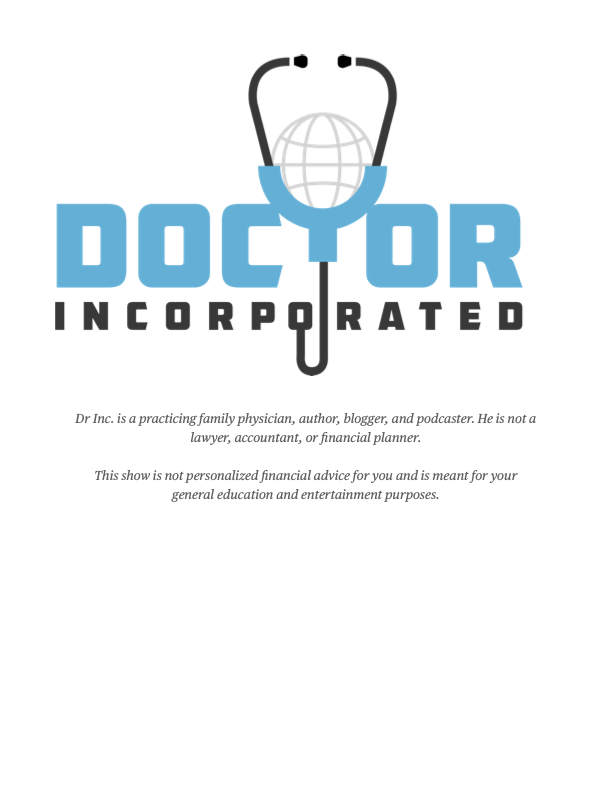
Telemedicine has burst onto the scene.
This past week has brought about the conversion of many outpatient visits into telemedicine encounters. At our rural clinic, we have jumped fully into this new world. Early adopter or not, most physicians have been pushed to jump in neck-deep.
Right now in the pandemic, I still provide a mixture of telemedicine and face-to-face visits due to the fact that I do OB and see so many pediatric patients. Additionally, some of my 5000 plus patients still do need to see me in person for some of their conditions, including hospital and ER follow-ups. But due to the pandemic, I have narrowed my face-to-face days in the clinic to only 2 days/per week. We are also starting our off-site Fever Upper Respiratory Illness (FURI) clinic this week, in an effort to try to separate well from sick patients (I know this is an imperfect process)
Although e-medicine has been here for a while, due to medicare’s brave decision to loosen its rigid telehealth requirements during the COVID-19 pandemic, telemedicine has been unlocked for the masses.
For physicians, it is not too challenging to adopt. We are used to phone conferences, remote learning, E-Learning, remote EMR use, Face-time, Skype, What’s App, and other video media in our personal life. Our smartphones have become a critical medical tool in our lives, perhaps paralleling the stethoscope. Jumping into the medical application of our digital human interactions does not take much imagination on our part.
Admittedly, as a physician with nearly 30 years of experience, I was taught that a good history is 80% of the medical diagnostic process. So talking to and listening to the patient’s story leads to asking more refined questions that then filter through our mental algorithms. I call that old-style intelligence, as opposed to the new medical tool on the block, artificial intelligence. We need both, but the former is what makes us physicians.
For the non-physician, this is a lot like the childhood game “Guess Who” in which you systematically ask questions that narrow down your choices of who is left on the board. The winners are able to ask the fewest questions to most rapidly identify the character in question. It’s a fun game that I have played countless times with my children.
We use the same method in medicine through a series of questions that lead to the diagnosis. The most astute physicians listen well and ask questions that can quickly lead to a working diagnosis without the aid of a physical exam, diagnostic testing, or images.
The physical exam is usually where additional sorting happens in the differential diagnosis process that is played out in our brains. We test each potential diagnosis based on our exam and ask more refining questions. If there is any uncertainty left, we order tests.
This is where telemedicine and video-based physical exam skills get interesting. With a little finesse, good observation, and even the assistance of a patient friend during the visit, we can deduce a number of physical exam observations. It is amazing what our eyes, and ears can ascertain when our hands and physical touch are not able to enter the equation. On numerous telemedicine patients, I have used the hands of a friend or caregiver, like a “robot-examiner,” by saying “push here” or “touch this and tell me what you feel” which is coupled with observing the patient and their body. This yields a surprising amount of physical exam information that is of benefit. Deductive reasoning is imperfect but surprisingly effective.
I am very confident in my physical exam skills and enjoy using my extensive training in them to figure out diagnostic puzzles. This often leads to being able to eliminate labs and x-rays that are meant to confirm the diagnosis. They can be superfluous to make a confident diagnosis based on a good history and physical exam.
My young colleagues may be more comfortable with digital technology than I, and therefore feel adept at telemedicine. They tend to look for the data in the EMR first or lean into some AI-related process that leads them to the diagnostic answers. However, I feel like it is much easier for me to make the leap into this new world because the art of taking a good history and doing a good physical exam is being lost in our current generation of doctors.
So when we shut down regular labs, Xrays, and many diagnostic testing due to the COVID-19 crisis, and then stand in front of the patient, younger docs may feel like fish out of water. They have no data to look at.
But I feel totally comfortable with using my brain and the non-lab and x-ray skills that have been a tradition in our profession for years.
The patients also seem to adapt to the telemedicine process pretty quickly, and really appreciate the opportunity to safely stay away from high sources of infection like clinics and hospitals.
 Get A Copy Now!
Get A Copy Now!
https://www.doctorincorporatedthebook.com/
I think both parties really enjoy the ease of this process. So much so, that when medicare returns to the standard telemedicine requirements this summer, it will be interesting to see how many patients and providers will miss it.
Do not get me wrong, I would much rather see someone face to face, so that I see and experience them with all of my diagnostic senses, including my hands.
To my dismay, it has been speculated in the current generation of medical trainees that the physical exam is becoming less important to medical care. Some think very little of its benefit, which is why they scoff at wellness exams. To them, it seems like an exercise in futility to provide a physical exam that likely will be normal.
But I have always maintained the physical exam’s importance for at least two reasons:
- Physically touching the patient creates trust and a relationship that is difficult to quantitate, but critical to a therapeutic bond with them.
- Feeling and experiencing normal repeatedly makes the abnormal stick out all the more clearly. In primary care, I filter through a lot of normal findings all day in order to zero in on the abnormal elements that serve as critical diagnostic findings.
So as we continue in this sheltering process for patients and doctors alike, it only makes sense to use all the tools available to us in order to continue to deliver care. I am so thankful that the internet and cell phone coverage have become so pervasive that this option exists, even in rural locations like mine in the Midwest.
So let us all use our best “Guess Who” skills and go modern-retro in our virtual care of our patients. Although it is a progressive advancement, telemedicine harkens to the original basis of our medical tradition. Taking detailed histories, adding in some refining questions, and using our limited physical exams to help us take care of our patients.
Like many of our human experiences, what’s old has become new again.

Dr Inc.






0 Comments